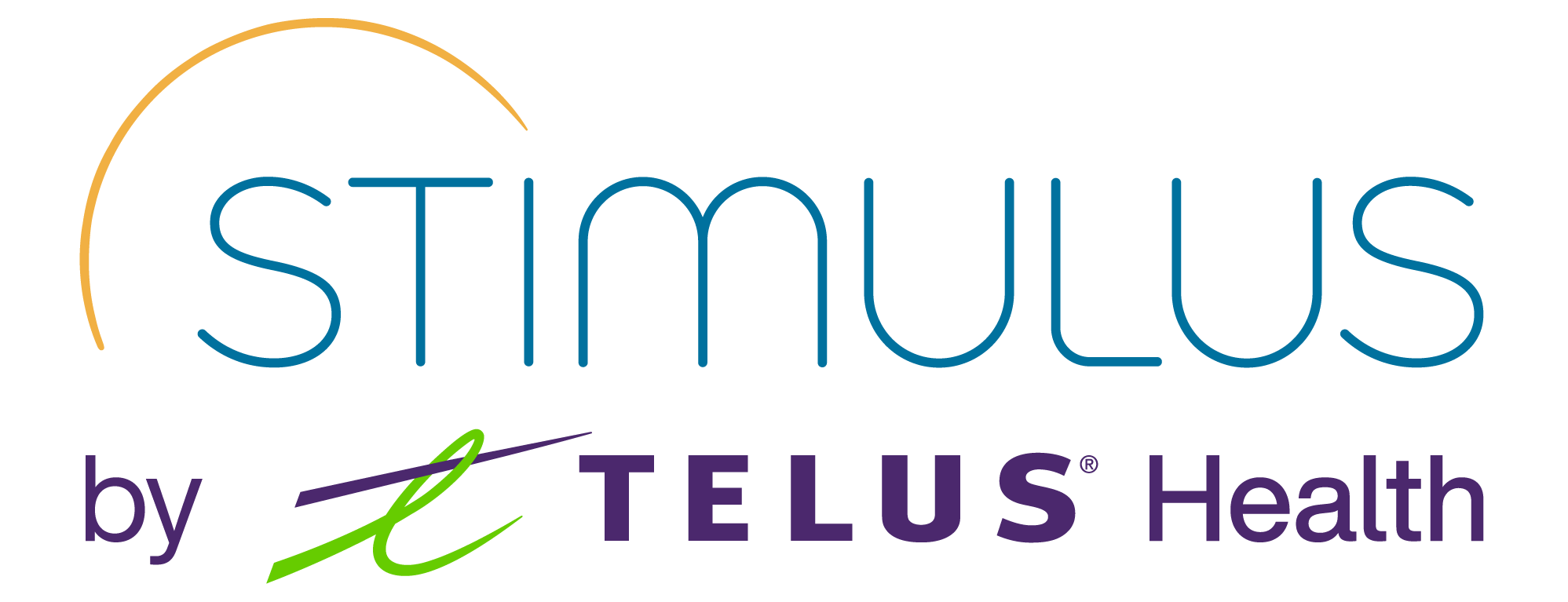Burnout syndrome: how to recognize it and avoid it
Working in a healthy and rewarding environment has a considerable impact on our balance and general well-being.
However, it can happen that we find ourselves in a complex or unstimulating phase of our professional life that makes us feel frustrated and without energy.
Furthermore, to this malaise in the work sphere, we can also add the need to manage numerous personal challenges that do not help us find the necessary strength to face all these difficulties.
This increasingly unmanageable malaise on a daily basis is called burnout ; term that derives from the English "to burn out" which means "to burn out", "to exhaust oneself".
Burnout is a state of emotional, physical and mental exhaustion that arises following a progressive accumulation of stress in the workplace.
Today, burnout syndrome is increasingly widespread: 6 out of 10 workers report high levels of stress and suffer from moderate or severe burnout (Strecher, 2020).
For this reason, it is essential to learn to recognize the signs of high stress and understand how to protect yourself and prevent the onset of a more serious illness such as burnout syndrome.
The components of burnout
The WHO (World Health Organization) defines burnout as a condition characterized by:
- Feeling of exhaustion or exhaustion: we feel like we have no personal energy, we are demotivated and we feel incapable of reacting.
- Cynicism: we experience work in a stressful and frustrating way. We can therefore become cynical and irritable in the work context; Furthermore, we may become emotionally distant and less involved or insensitive at work.
- Decrease in work effectiveness : burnout is deeply linked to the work context; therefore, we feel incapable and inconclusive about the tasks entrusted to us, we have difficulty concentrating and we are lacking in terms of creativity.
At an organizational level, what can contribute to the appearance of burnout is an excessive workload, the absence of sufficient rewards, poor remuneration and a reduced sense of belonging towards the organization and/or the team .
Paying attention to these elements and being willing to share your stress experience with your manager is essential so that it does not turn into something more serious, such as burnout.
Burnout syndrome: how to recognize it
In order to recognize a possible burnout condition, it is possible to pay attention to some symptoms attributable to this syndrome.
Among the physical symptoms we find : headache, tiredness, sleep disorders, muscle tension, gastrointestinal disorders, tachycardia, loss of appetite, crying spells.
While the main psychological symptoms are : decreased self-confidence, irritability, low job satisfaction, sensitivity to stress, demoralization, constant tension and frustration.
Furthermore, in order to recognize burnout syndrome it is important to know the difference between work stress, burnout and depression .
While on the one hand work stress is situational, that is, it comes and goes quickly and can be addressed by adopting quick solutions; on the other hand, burnout is pervasive and chronic and, for this reason, requires structured and significant interventions.
Those who suffer from burnout face repetitive, stressful and recurring problems that are strictly limited to the work sphere.
On the contrary, depression is characterized by negative thoughts and feelings that not only affect work, but also the individual's private and personal life.
Improving stress management: 5 useful tips
Let's see what are the possible strategies we can adopt to take care of our well-being, managing work challenges and the stress that can result from them in a sustainable way:
1. Set realistic goals.
Defining objectives that are in line with your abilities and resources reduces excessive energy expenditure and allows you to focus only on what is realistically achievable.
2. Take breaks during working hours and apply physical and mental relaxation techniques.
It is important to take moments to distance yourself from the sources of stress and frenzy that can sometimes characterize work contexts. Approaching relaxation practices such as Mindfulness can help focus attention on the present moment. For example, during the morning or afternoon, or at the end of a busy meeting, it might be helpful to take five minutes to take a short walk or listen to a short podcast about meditation.
3. Seek support within your work team.
Collaboration and clear communication within a team allow us to avoid the creation of imbalances in workloads and role conflicts, frequent sources of stress for collaborators. For example, it could be useful to schedule periodic discussion moments in which the team aligns on the projects and reports any problems encountered during the work. It is important that the push to create a relaxed atmosphere comes first and foremost from ourselves, without waiting for others to be the first to offer us support or show kindness.
4. Time management.
One of the most important habits to combat stress is knowing how to manage your time effectively . “To do lists” can help us do this because they allow us to effectively organize the working day by prioritizing commitments and facilitating the definition of resources and time available.
5. Learn to set limits.
You need to learn to recognize when you are too overworked by communicating it to your manager. Furthermore, it is useful to try to define clear start and end times of the working day, trying to limit "invasions" between private life and working life as much as possible. This is a good habit that protects personal well-being and protects family balance.
Conclusion
As we have seen, work stress can reach extreme conditions, generating psychological and physical discomfort, such as burnout syndrome, which make it impossible to adequately carry out one's work duties and enjoy good health.
The above advice represents a way to learn how to sustainably manage personal and professional challenges, and your health in general. However, it is worth specifying that, if you experience significant symptoms or signs of burnout, it is advisable to contact a professional who can guarantee valid support and help.

Arianna Giordano,
Junior Consultant,
Stimulus Italia

